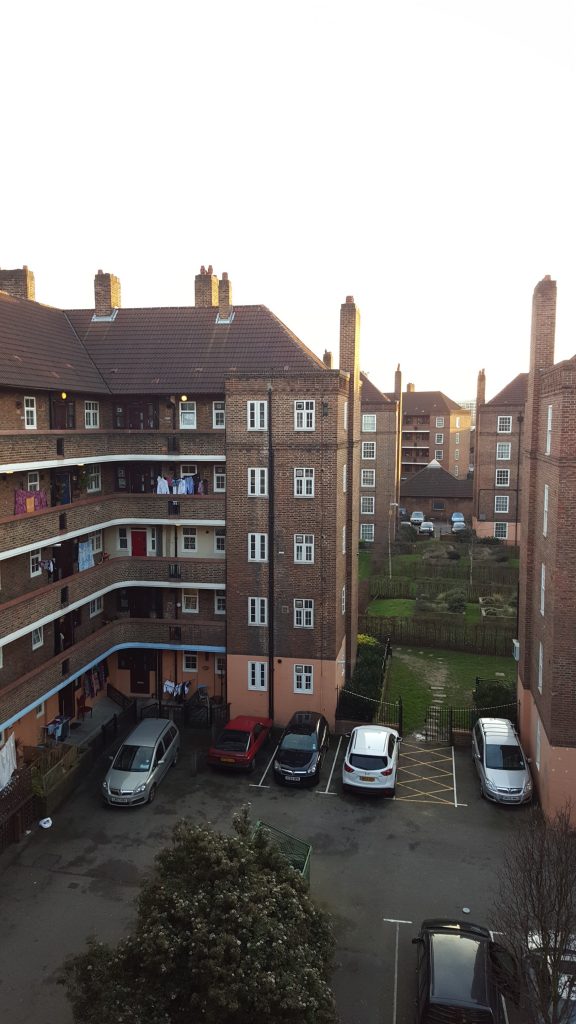The plans set out by the government in the Housing and Planning Bill are shocking, and Joan has covered the threats wonderfully in her blog.
The Bill includes changes to the Town Planning system that purport to increase the opportunity for development on brownfield land. But what about the definition of brownfield land? In my mind, I see a flat, empty disused site with nothing in it, that could possibly use some development, so that sort of sounds ok…
Let’s check that definition, in the Department for Communities and Local Governments’ Technical Consultation document:
“Brownfield or previously developed land is defined in Annex 2 of the National Planning Policy Framework. Sites on brownfield registers will be required to meet this definition of previously developed land. This is a very broad definition and, apart from the exclusions, covers all land in England where there are or have been buildings or other development. Much of this land is already in productive use and would not be suitable for new housing.”
The Bill intends to make the keeping of Brownfield Registers compulsory for councils. If a site is then allocated as brownfield land suitable for redevelopment, it can be granted Permission in Principle (PIP), meaning that the planning process for new development is less rigorous. This applies to any land, even if it has buildings on it and they are being used.
But maybe it’s ok, because as the first quote above states, the Brownfield Register of land for regeneration will not apply to land that is already in ‘productive use’, for example a functioning housing estate. Surely the definition of ‘productive use’ is carefully set out in the guidance, or the technical consultation, or the Bill itself? No. There is no definition.
However you don’t have to look far to find this definition popping up in other government ‘plans‘, with the HMRC’s talk of “promoting a dynamic economy”. Of course the definition in the Productivity Plan is slightly different:
“promoting a dynamic economy that encourages innovation and helps resources flow to their most productive use“
It isn’t a stretch to see the steps that are being laid out: allocate housing estates as brownfield sites, grant them permission in principle so that they can be easily redeveloped, and back this up with a justificationthat, at their current density and age, they are not the most productive use of the land that they occupy.
My view? It’s a setup.

